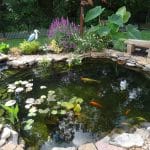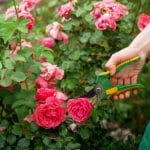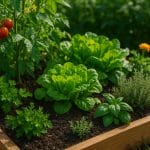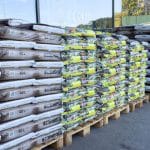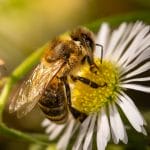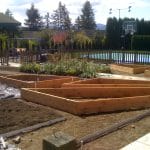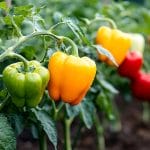Seasonal Garden Trends
Garden Design Growing Seasons & Zones In The Garden
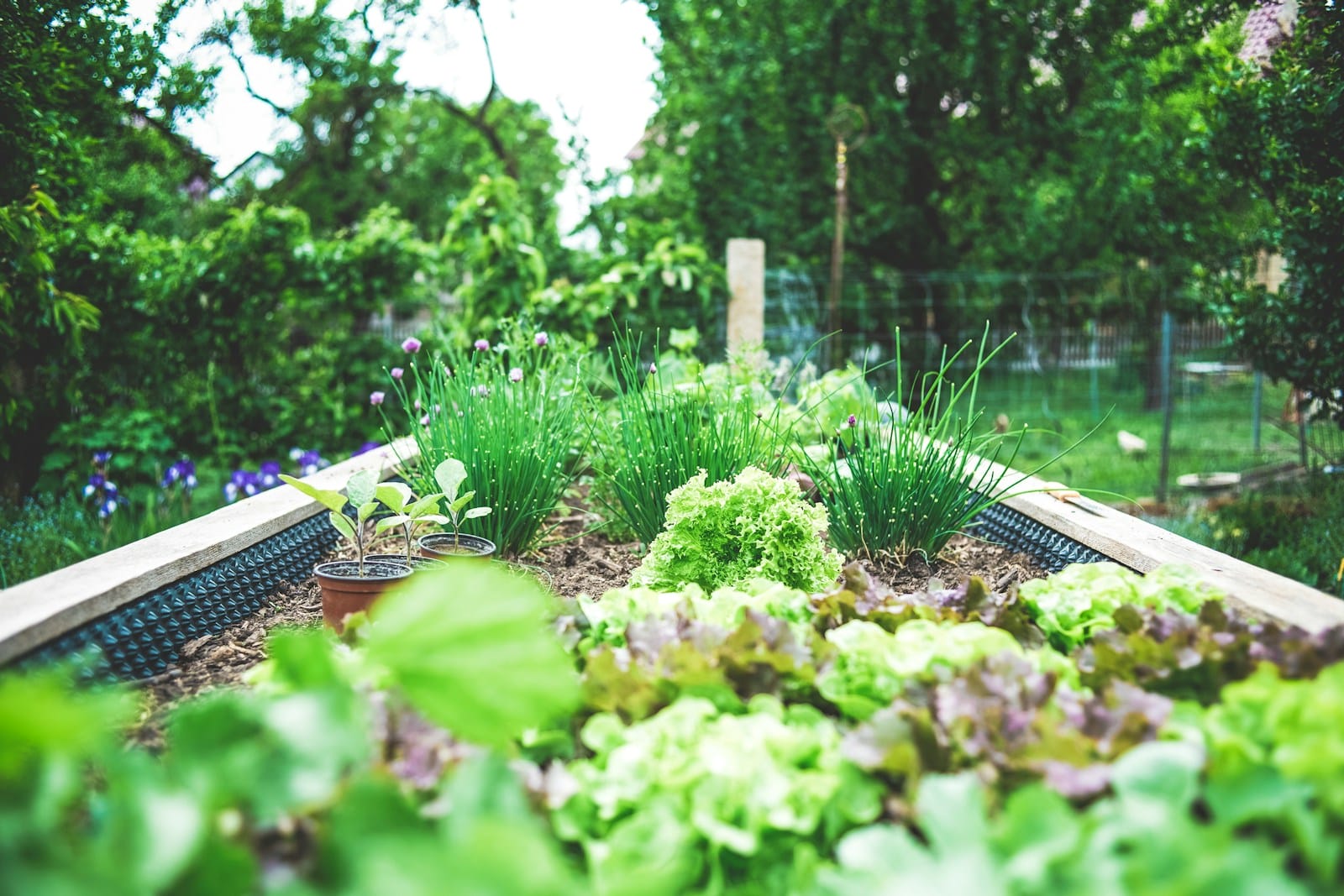
Gardening isn’t a one-size-fits-all thing. It moves in waves — not just with the calendar, but with the weather, the light, and the way the soil feels under your boots. I used to treat my garden like a to-do list. Plant this. Harvest that. Done. But over time, I started to notice the patterns. How a cold snap in April could set back tomatoes. How lettuce bolts faster than gossip in June. How late-September was sneakily great for second harvests. That’s where seasonal trends come in — not flashy stuff, just smarter timing.
If you’re planning a garden that works with nature (instead of fighting it), here’s what’s rising to the top, season by season. Tried-and-true, weather-aware, and rooted in the way real gardeners grow.
🌱 Spring: Start Early — But Not Too Early
Spring’s the season of good intentions. But it’s also the season of surprise frosts, muddy soil, and that classic trick where it’s 70°F one day and sleeting the next.
If you’re in Zones 5–7, expect cold nights through early May. Even if the days warm up, soil can stay too chilly for warm-season crops. You’ll want to watch your last frost date like a hawk. For Zones 8–10, things move faster — but even there, a freak late cold snap can take out young seedlings.
Spring trends I’ve been loving:
- Cold frames & row covers to get a jumpstart on greens
- Hardening off transplants slowly — don’t rush them from indoors to outdoors
- Early crops that like the chill:
- Spinach
- Arugula
- Radishes
- Peas
- Brassicas (broccoli, cabbage, kale)
And more folks are:
- Mixing edibles into flower beds (kale with marigolds? Yes please)
- Planting pollinator-friendly natives early — like milkweed, golden alexanders, and creeping phlox
🧤 Tip: If your nights are still dipping below 40°F, wait to plant tomatoes, peppers, or squash. Or baby them with protection.
☀️ Summer: Go Up, Go Drought-Tough, and Think Shade
Once summer rolls in, the race is on. Everything grows fast — weeds included — and water becomes a precious resource, especially in hot zones.
In Zones 6–9, July and August can bake your garden beds, with long dry stretches and high UV. Even in cooler Zones 3–5, heat spells are hitting earlier and lasting longer than they used to.
What’s trending this summer:
- Vertical growing to save space and improve airflow:
- Trellised cucumbers or pole beans
- Tomato towers
- Melons in hammocks (yes, really)
- Heat-loving, low-water herbs:
- Thyme
- Rosemary
- Oregano
- Sage
- DIY drip irrigation and deep mulching with straw or shredded leaves
Shade is your friend:
- Use sunflowers, corn, or trellised crops to create microclimates
- Shade lettuce and spinach with taller plants to keep them from bolting
💦 Note: Even container gardens dry out lightning fast in summer heat. Water early, deeply, and don’t be afraid to mulch your pots.
🍂 Fall: Second Chances & Soil Building
Fall used to be the season I ignored — tired gardener, tired soil. But now it’s one of my favorites. Cooler temps, fewer bugs, and if you time it right, another round of fresh greens.
In Zones 5–7, fall planting should start in late August or early September, before daylight fades too much. Zone 8+ folks? You’ve got a longer window — some fall crops can go in through October.
Fall’s sweet spot crops:
- Quick growers:
- Arugula
- Lettuce
- Spinach
- Turnips
- Radishes
- Overwinterers (depending on zone):
- Garlic
- Shallots
- Onions
- Cover crops for soil health:
- Winter rye
- Crimson clover
- Hairy vetch
Other fall moves catching on:
- Shredding and mulching leaves to feed next year’s soil
- Digging compost trenches in cleared-out beds
- Preserving the harvest with fermenting, freezing, or drying
🍂 Tip: Don’t wait for the first frost to plant your fall garden — cooler soil slows growth. Start while it’s still warm-ish but the nights are cooling.
❄️ Winter: Grow Small, Think Big
Winter used to mean closing up shop. But I’ve learned to see it as a chance to regroup, dream a little, and keep just enough green growing to feel connected.
Even in Zones 6 and below, there are things you can do without stepping outside much.
Indoors, gardeners are:
- Growing microgreens (radish, sunflower, pea shoots)
- Keeping herbs alive on the windowsill
- Using small hydroponic kits to grow:
- Lettuce
- Basil
- Baby kale
Outside, even if you’re snowed in:
- Test your soil — so you’re not guessing in spring
- Layer compost and mulch on empty beds
- Start planning next year’s layout (and what you won’t bother growing again…)
🌬️ Tip: In Zones 8–10, you can still grow food outdoors with a little protection — things like carrots, chard, and mache will often overwinter under frost cloth or cold frames.
🌍 Year-Round Mindsets That Are Here to Stay
Some garden shifts don’t care what month it is — they just make sense.
I see these everywhere now:
- No-dig gardening with compost layering and less soil disturbance
- Native plant swaps for wildlife support and lower maintenance
- Composting everything from kitchen scraps to fall leaves to paper shreds
- Recycled containers and DIY structures instead of fancy setups
- Intentional growing: focusing on what you eat, what brings joy, and what actually fits your space
And let’s be honest — gardening’s changed. Climate’s shifted. Our lives have too. People are planting not just for pretty flower beds, but for resilience, connection, and real food on the table.
Final Thought: Follow the Seasons, Not the Noise
You don’t need to chase every trend. Pick one or two things that speak to your space, your zone, and your daily rhythm. Maybe it’s trying a fall spinach bed. Maybe it’s starting microgreens in winter. Maybe it’s just swapping a thirsty ornamental for a tough native perennial.
Whatever it is, you learn more by doing than by reading 100 blog posts (yep, even this one).
And when things go sideways? That’s fine. Compost it and try again next season. The soil always gives you another shot.
FAQ: Seasonal Garden Trends
Q: What’s the best spring crop to start with in cold zones?
Spinach or peas. They’re frost-hardy and don’t mind chilly soil.
Q: When should I plant fall crops?
About 6–10 weeks before your first frost. That’s August or early September in most zones.
Q: Can I really grow food indoors in winter?
Yes! Microgreens, herbs, and leafy greens do great with a sunny window or grow light.
Q: Is no-dig gardening okay in cold climates?
Absolutely. Just mulch heavy in fall to protect the soil, and let nature do the rest.
Q: What’s a good beginner-friendly cover crop?
Crimson clover in fall or buckwheat in spring — both are easy and help build soil.
Share this post
Table of Contents
- 🌱 Spring: Start Early — But Not Too Early
- Spring trends I’ve been loving:
- And more folks are:
- ☀️ Summer: Go Up, Go Drought-Tough, and Think Shade
- What’s trending this summer:
- Shade is your friend:
- 🍂 Fall: Second Chances & Soil Building
- Fall’s sweet spot crops:
- Other fall moves catching on:
- ❄️ Winter: Grow Small, Think Big
- Indoors, gardeners are:
- Outside, even if you’re snowed in:
- 🌍 Year-Round Mindsets That Are Here to Stay
- I see these everywhere now:
- Final Thought: Follow the Seasons, Not the Noise
- FAQ: Seasonal Garden Trends
All categories
More From The Garden
Disclosure: This post may contain affiliate links. That means if you click and buy, The Bright Garden may earn a small commission, at no extra cost to you. We only recommend products we’ve vetted and believe will benefit our readers.

